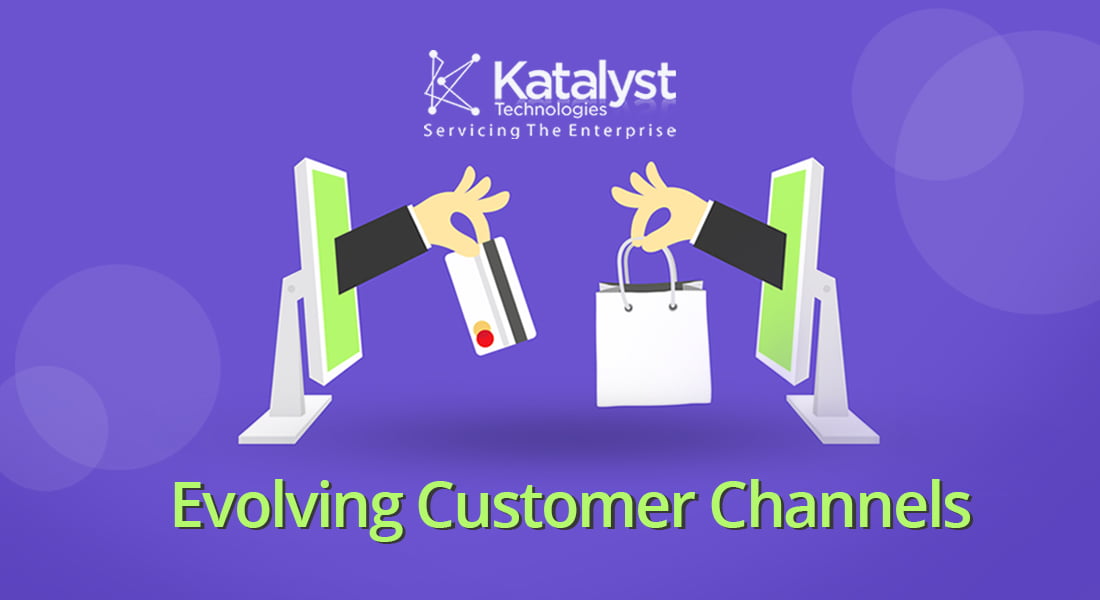
The Retail Supply Chain Evolution
How the Supply Chain has Evolved to Meet the Modern Consumer
Today’s consumers are putting a new kind of pressure on businesses. And this time, it revolves around the Supply Chain Evolution. From online retailing to same-day delivery, consumers expect retailers to provide convenience in as many brand interactions as possible. But meeting such demands require a supply chain transformation. This shift not only alters the way retailers serve their customers, but it also changes the way they work with suppliers.
As you can see, today’s retailers and manufacturers must continuously keep up with customer demands to gain a competitive advantage. Those ahead of the curve have adopted the direct-to-consumer (DTC) shipping model to meet the needs of the modern consumer. In this post, we uncover the rise of DTC, its impact on the retail supply chain, and how consumer behavior affects it all.
From Traditional Retail to DTC
In today’s retail market, competition is intense. As e-commerce continues to grow, so does competition from retail industry giants, such as Amazon. Consequently, retailers have responded by enhancing their products, services, and delivery processes.
One thing’s for sure in the age of the consumer: a tip-top supply chain is mandatory. More and more manufacturers rely on the DTC model to better serve their customers. In this model, a business sells its products directly to consumers rather than selling solely through retailers or resellers.
Although the DTC process isn’t new, the bar is raised on what’s to be expected for shipping and delivery moving forward. “While online sales only represent 13% of total retail in the US, its year-over-year growth rate far outpaces the overall market and accounts for roughly half of all retail growth,” notes Shopify. As consumers demand more out of business, new retail channels will continue to emerge, making DTC an even better opportunity for companies. But how will this impact the future of retailers and manufacturers?
Transforming the Retail Supply Chain
“By 2022, worldwide e-Commerce will make up 17% of total retail,” predicts BI Intelligence. This statistic alone indicates the need for retailers and manufacturers to continue to evolve their supply chain.
Companies looking to employ DTC must consider the consequences of such a transformation. For example, new delivery channels will need to replace infrastructures previously designed for retailers. To prepare, manufacturers must brainstorm ways to service customers directly without a retailer. This may include finding another channel to service the customer. Similarly, customer service and order management will also need to be taken into consideration during a supply chain revamp.
As DTC continues to transform the supply chain, retailers must explore ways to adapt to changing consumer behavior. For some companies, this could be resolved by establishing new customer channels or modernizing stores to improve the customer experience.
Consumers and the Supply Chain
Consumers are driving the state of e-commerce and order-fulfillment, all which directly affect supply chain management. Whether its books and clothes or groceries and appliances, almost everything customers need can be purchased online. And this is only the beginning of what’s to come.
With DTC, companies can expect quicker delivery speeds, an increase in available products, and the growth of white-glove services. Experts also suggest a more apparent distinction between what is “e-Commerce” versus “retail.” For example, will it become commonplace for consumers to buy groceries online, or will people still prefer shopping at brick-and-mortar stores for their food?
Until then, the market will continue to adapt and build its supply chain in a way that better supports new customer-centric channels. Even companies that don’t sell directly to consumers will still need to refine their supply operations to satisfy the changing demands of their retail customers.
Conclusion
In the end, success with a multi-channel delivery model requires a combination of critical elements to make it work. With an exceptional supply chain strategy and technology, it becomes easier to support the execution of DTC. But that’s not all: proper collaboration with business partners are foundational to the success of your supply chain transformation.
For companies looking to fine-tune their supply chain, begin by addressing the changing customer demands with DTC. With the right processes, technology, and partners in place, you can deliver with total confidence and control.
To learn more about taking your brand direct to consumer, contact Katalyst Software Services Limited to get started on your digital and e-Commerce needs.

